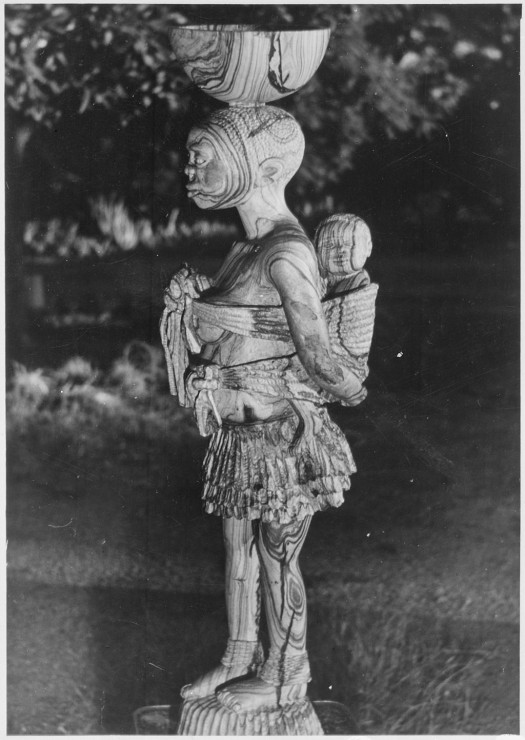What does it mean to have menstrual periods? This is an intensely personal question, but it is also a scientific and a cultural one.
The menstrual cycle can, of course, be described in terms of a woman’s personal experience of menstrual flow. It can also be described by the complex physiology of hormones climbing, pulsating, falling. However, what are some other things we know about periods?
We know that they are an oddity in nature. Most animals, aside from monkeys, apes, and us, thicken the wall inside the uterus only after an egg has been fertilized. We have periods because we routinely build a thicker wall inside the uterus, just in case it’s needed, which must be eliminated if we don’t become pregnant. According to Ann Voda, much of this wall is absorbed back into our bodies (the same way that if you smash your finger and get a clot under the skin, that blood is absorbed into the body then eliminated). Some of it is released to the outside world in an organized manner in what we call our period.
We know that the menstrual cycle is only one part of a larger whole. I’ve always liked the description of adolescent development in Barry Bogin’s textbook Patterns of Human Growth.
To summarize the content of his book: A part of the brain called the hypothalamus changes. Then a growth spurt begins (we all remember growing taller quickly): this is unique to humans, nonhuman primates and other animals don’t have a growth spurt. Then a girl begins developing secondary sexual characteristics, breast buds (the beginning of breasts) and the beginning of pubic hair. Then estrogen levels begin to rise, which leads to a particular female shape due to fat in the hips, buttocks, and thighs. The first menstrual cycle occurs some years after these other changes begin. We’re not done yet. Menstrual cycles are at first irregular and girls rarely ovulate, it is a few years before girls ovulate as regularly as does an adult. In addition, the bones of the pelvis don’t grow quickly during the growth spurt, and it is many years after menarche, when a girl is in her late teens, that the pelvis has finished growing.
To continue the summary: Reproductive maturity requires biological, social, and psychological maturation. It means being an adult. In Bogin’s words, “[b]ecoming pregnant is only a part of the business of reproduction. Maintaining the pregnancy to term and raising offspring to adulthood are equally important (p.212).” In cross-cultural research, behavioral and social events typically co-occur with adolescent physical changes. As girls visibly physically mature, and as they begin menstruating, they are invited into the world of adult women. They develop adult modes of thinking (for example with regard to Piagetian stage), interacting with men and women, sexuality. They refine practical skills needed for the tasks and occupations of a competent adult. Age of having a first child is often years after menarche, often around nineteen years of age among women from many diverse cultures. When compared with animals, this complex transitional stage of life from adolescence through adulthood is a human oddity.
Nobody knows biologically for sure why women menstruate, but cultures, including ours, typically assign meaning to menstruation. Personally, I’d say that getting your period isn’t a transition in the sense of flipping a switch on. However, in most cultures, menstruation is an important marker or component with multi-layered meaning for a larger, rich life stage.
References
Barry Bogin, Patterns of Human Growth, 1999, Cambridge University Press.
Ann Voda, Menopause, Me and You, 1997, Haworth Press: Binghamton, NY.



Menarche or the first menstruation is not the beginning of the transition to hormonal adulthood for women–adrenal hormones have begun changing for several years already (onset of stinky underarms and hair on the legs and arms). Nor is menarche the end of the transition to hormonal adulthood for women–it takes months for the menstrual cycle to become ovulatory and years before normally ovulatory cycles are more prevalent than ones with ovulatory disturbances.
Yet menarche is a marker of that maturation–and one that deserves to be celebrated by both men and women.